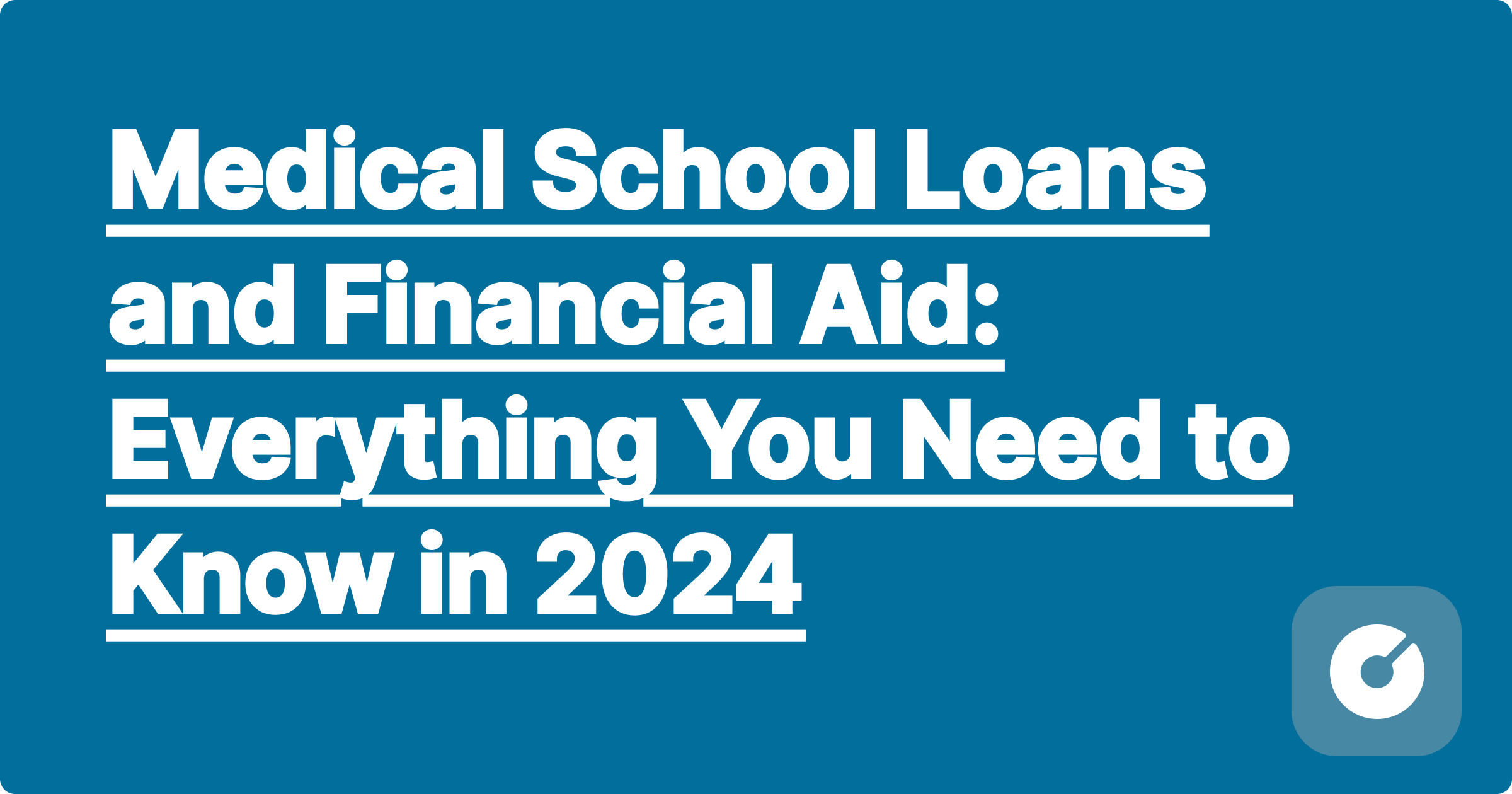
The dream of becoming a doctor is a powerful motivator, but the reality of medical school costs can be daunting. Tuition, fees, living expenses – the financial burden is significant. However, with careful planning and a thorough understanding of available resources, you can navigate the complexities of medical school financing and pursue your career goals without crippling debt. This comprehensive guide will equip you with the knowledge and strategies to manage your medical school finances effectively in 2024.
The cost of medical school varies considerably depending on the institution (public vs. private), location, and program length. While precise 2024 figures vary slightly by school, expect to pay:
Tuition: $30,000 - $70,000+ per year (In-state public schools tend to be on the lower end, while private schools and out-of-state tuition for public schools are significantly higher).
Fees: $1,000 - $5,000+ per year (These cover various costs like student activity fees, health insurance, and technology fees).
Living Expenses: $15,000 - $30,000+ per year (This includes rent, utilities, food, transportation, and personal expenses, and varies significantly based on location).
Example: A student attending a private medical school in a high-cost-of-living area could easily face annual expenses exceeding $100,000. Over four years, this translates to over $400,000 in total costs.
Fortunately, numerous financial aid options can help offset these substantial costs. These include:
Direct Subsidized Loans: These loans are need-based and the government pays the interest while you're in school.
Direct Unsubsidized Loans: These loans are not need-based and interest accrues while you're in school.
Direct PLUS Loans: These loans are available to parents of dependent students and to graduate students. Credit checks are required.
2024 Loan Limits: The exact loan limits for 2024 will be announced by the Department of Education, but they typically range from several thousand dollars annually for subsidized loans and higher limits for unsubsidized loans and PLUS loans.
Many medical schools offer institutional scholarships, grants, and need-based aid. These are typically awarded based on financial need, academic merit, or a combination of both. Application processes vary by institution.
Numerous external organizations, including professional medical associations, foundations, and private donors, offer scholarships specifically for medical students. Researching and applying for these scholarships can significantly reduce your overall debt burden. Websites like Fastweb and Scholarships.com are excellent resources.
Many medical schools offer work-study programs, allowing students to earn money while attending school. These positions are often on campus and related to the medical field, providing valuable experience.
Sarah, a pre-med student, diligently researched her financial options. She applied for federal loans, institutional aid, and numerous external scholarships. She secured a part-time job during her summers and landed a work-study position during the academic year. By strategically combining these resources, Sarah minimized her loan burden and graduated with a manageable amount of debt.
Gaining admission to medical school is highly competitive. Here's a glimpse of the requirements (note that these are averages and can vary significantly):
Top Tier Medical Schools (e.g., Harvard, Stanford): Acceptance rates under 4%, average GPA 3.8+, average MCAT score 518+.
Highly Ranked Medical Schools (e.g., Johns Hopkins, UCSF): Acceptance rates 4-8%, average GPA 3.7+, average MCAT score 515+.
Good Medical Schools (many state schools): Acceptance rates 8-15%, average GPA 3.6+, average MCAT score 510+.
These are broad ranges, and individual school requirements vary. Research specific schools you’re interested in for their particular statistics.
Start saving early: Begin saving money as early as possible to build a financial cushion.
Maintain a high GPA and MCAT score: Strong academics significantly improve your chances of securing scholarships and financial aid.
Network with current medical students and alumni: They can offer valuable advice and insights into navigating medical school finances.
Explore pre-med shadowing opportunities: These experiences provide valuable insight into the medical field and can help refine your career goals.
Don't be afraid to ask for help: Reach out to financial aid counselors, mentors, and family members for support.
Medical school is a challenging but rewarding journey. While the financial aspects can seem overwhelming, proactive planning and a thorough understanding of available resources are key to navigating this phase successfully. By combining federal loans, institutional aid, external scholarships, and effective budgeting, you can pursue your dream of becoming a physician without letting financial concerns derail your goals. Remember to start planning early, research your options thoroughly, and don't hesitate to seek guidance from experts along the way.
Second Career Medical Students: Changing Paths to a Rewarding Career
Foreign Medical Schools for US Students: A Comprehensive Guide for 2024 and Beyond
Osteopathic Medicine: Growing Acceptance and Benefits for Aspiring Physicians
Joint Degree Programs: MD/MBA, MD/JD, MD/MPH – Your Path to a Multifaceted Career in Medicine
Multiple Medical School Acceptances - How to Choose Your Perfect Fit in 2024
Stanford Pre-Med Program: Everything You Need to Know for Success
Medical Scientist Training Programs (MSTP): Your MD/PhD Guide for 2024 and Beyond
Physician Assistant vs. Medical School: A 2024 Decision Guide for Pre-Med Students
Caribbean Medical Schools: A Comprehensive Alternative Path Analysis for 2024
Medical School Housing: On-Campus vs. Off-Campus – A Comprehensive Guide for 2024 & Beyond